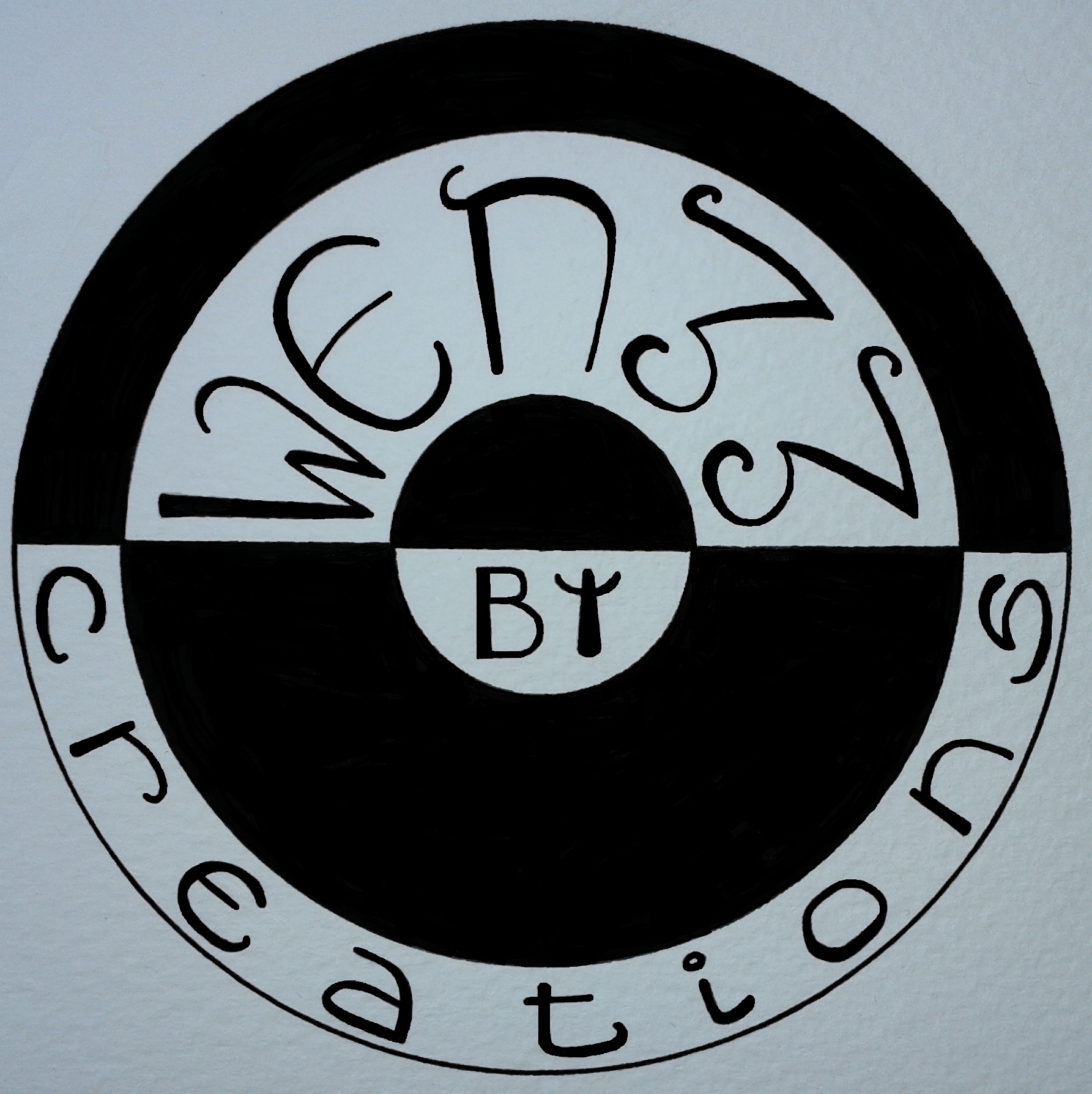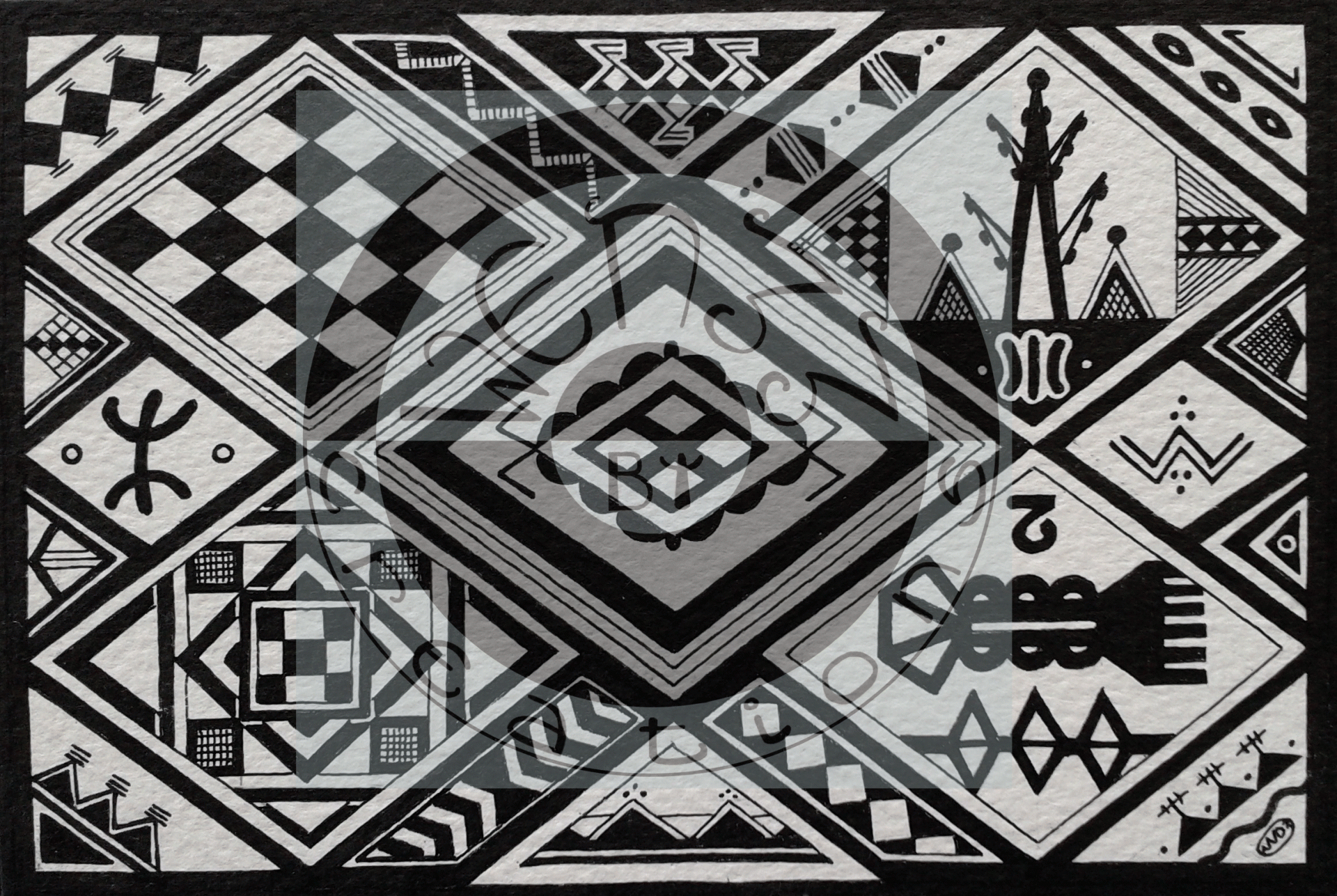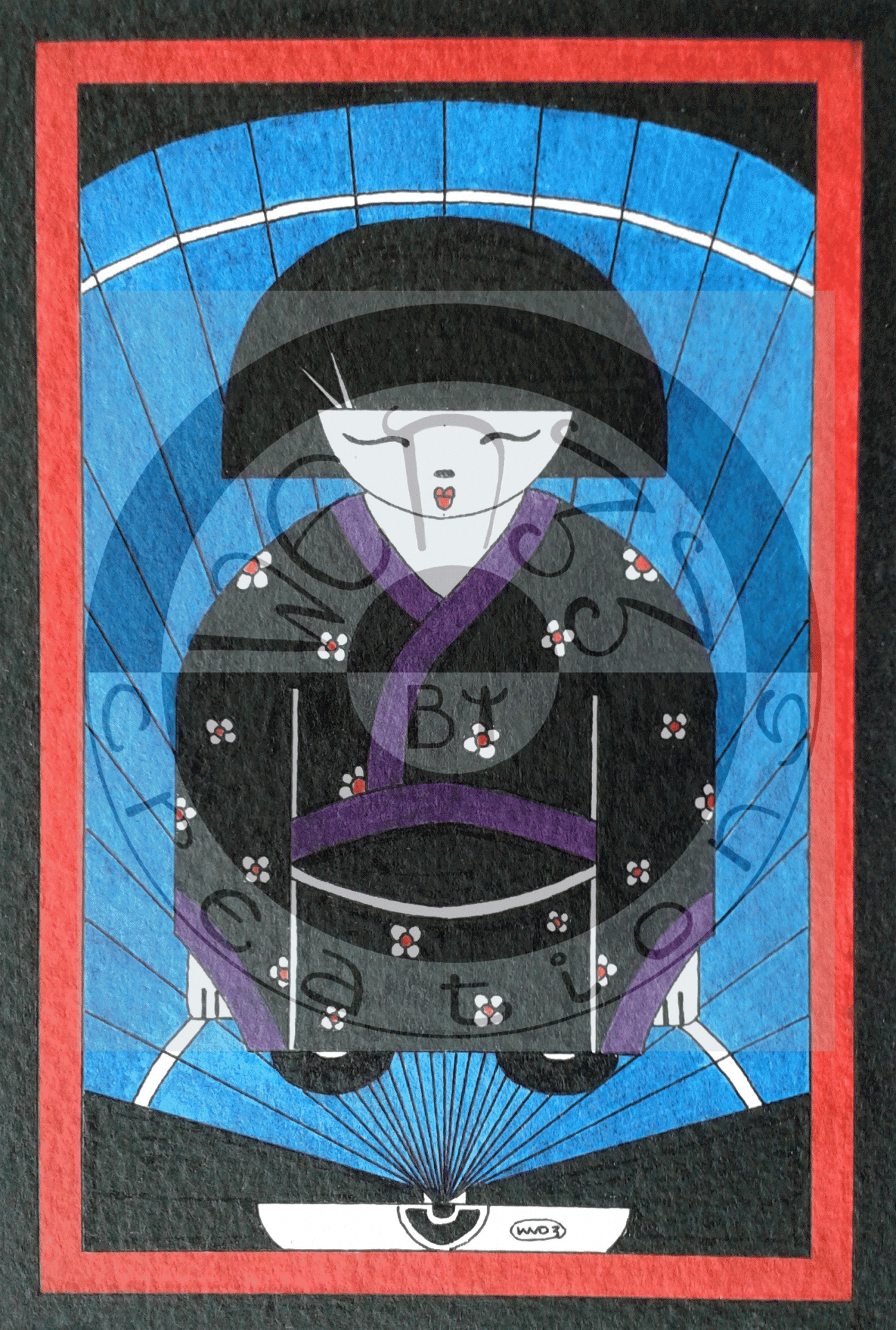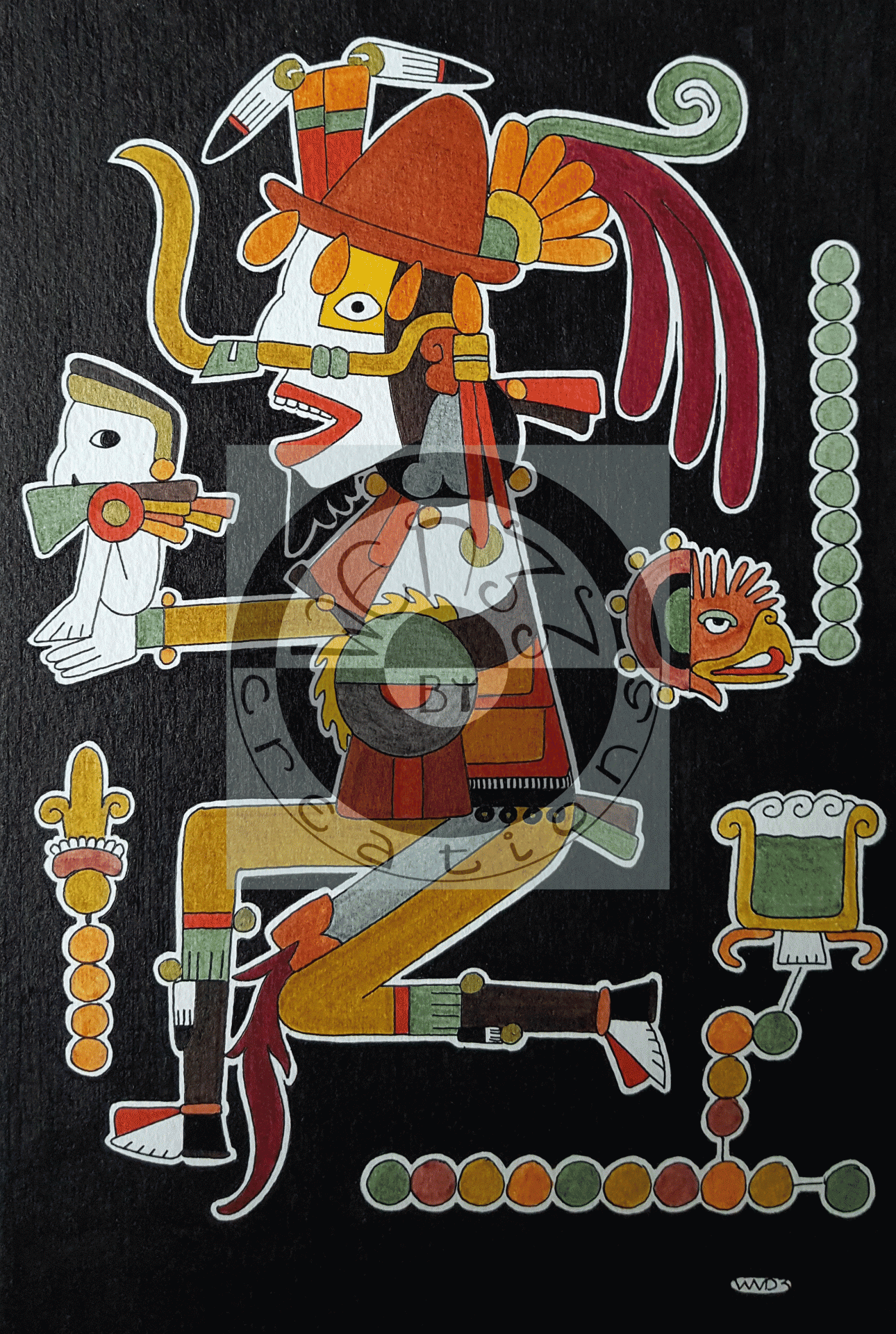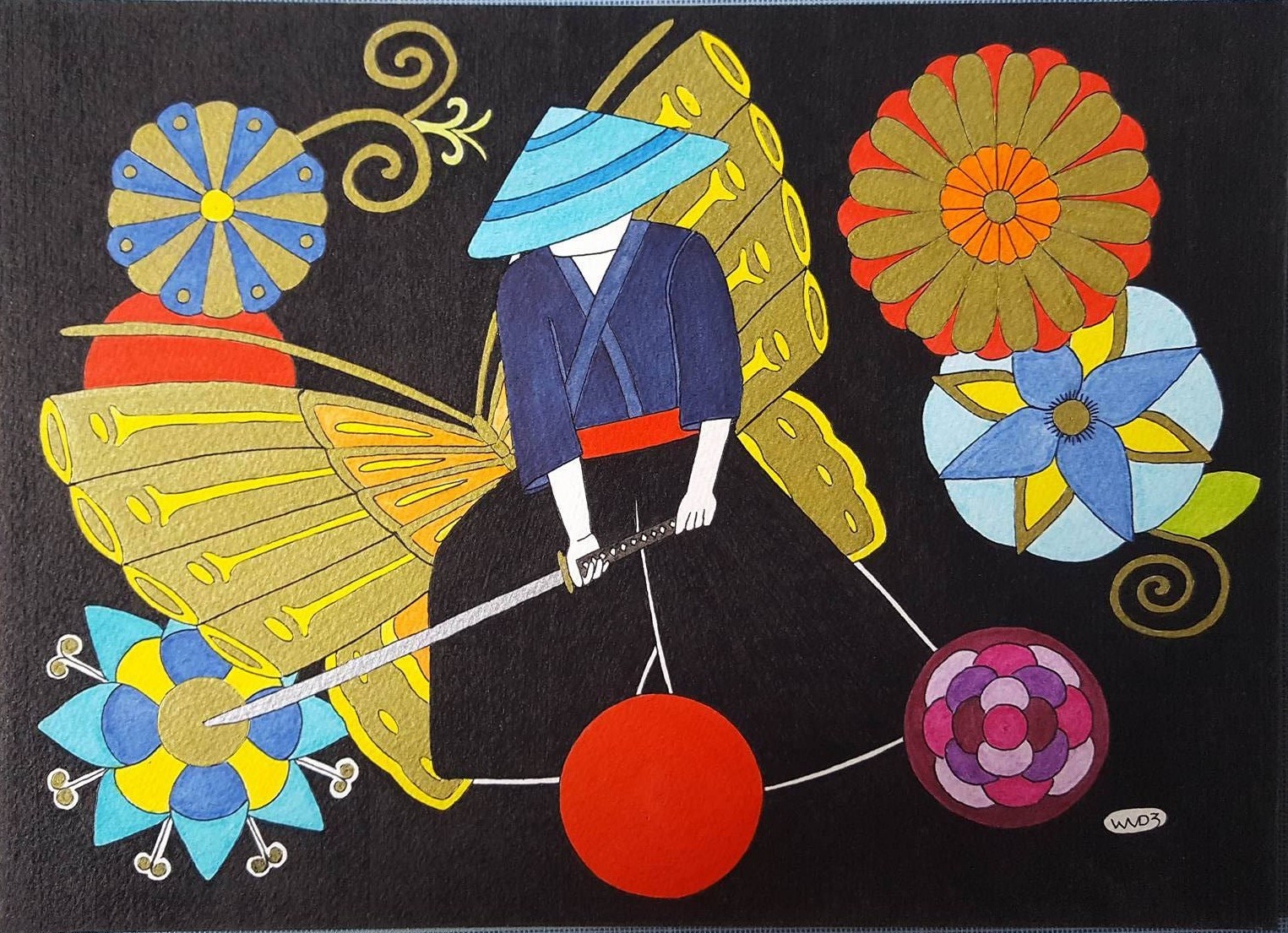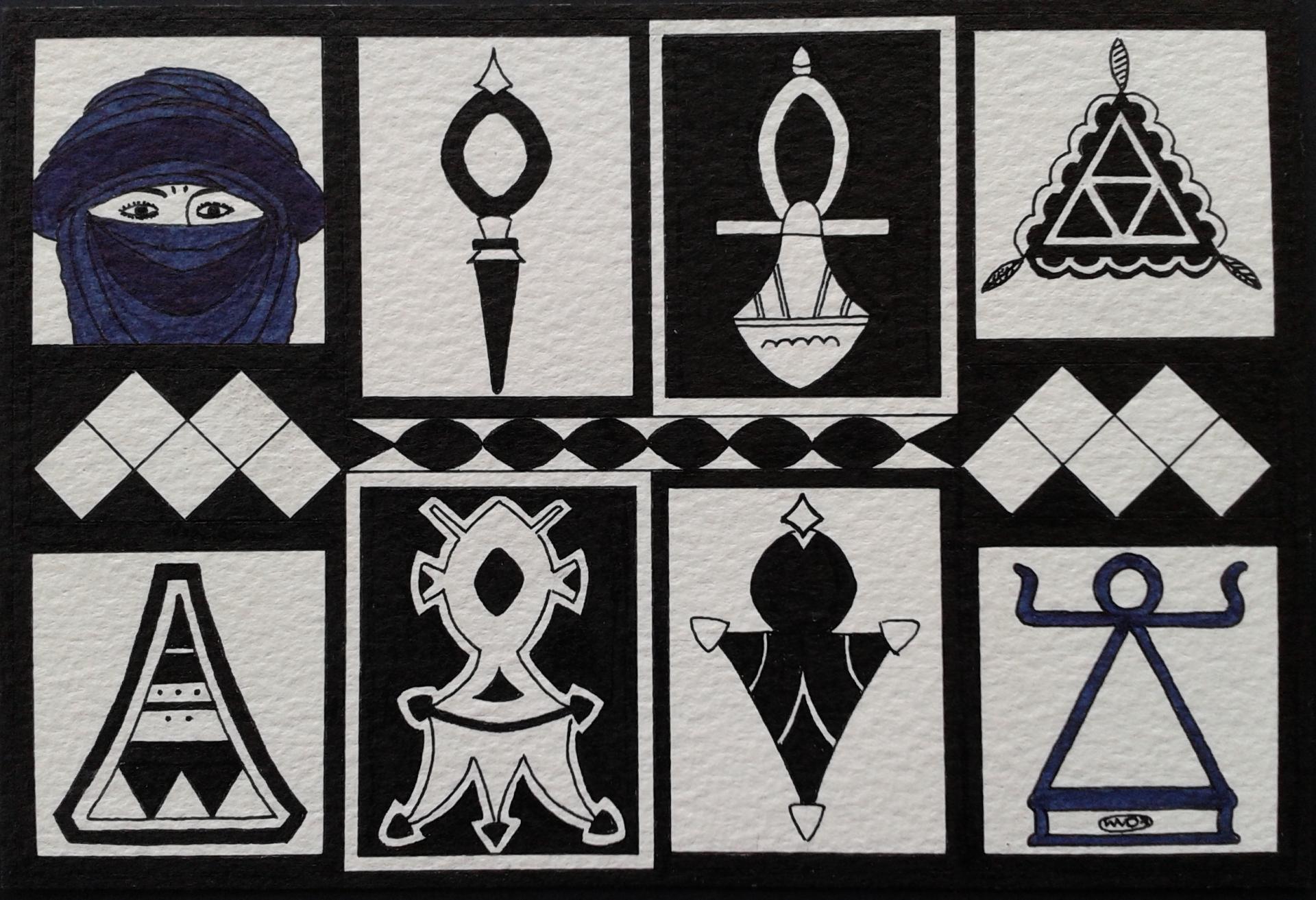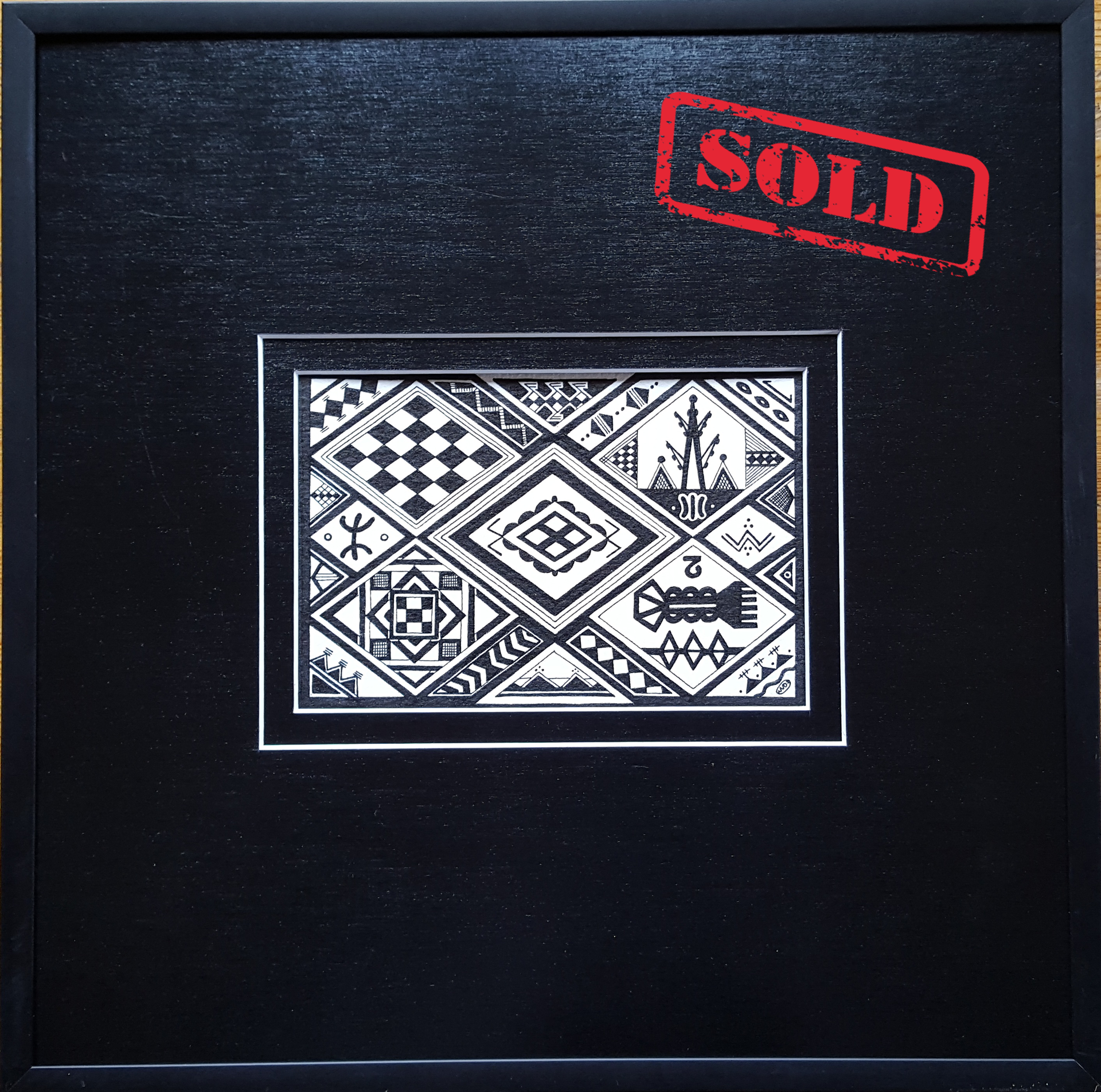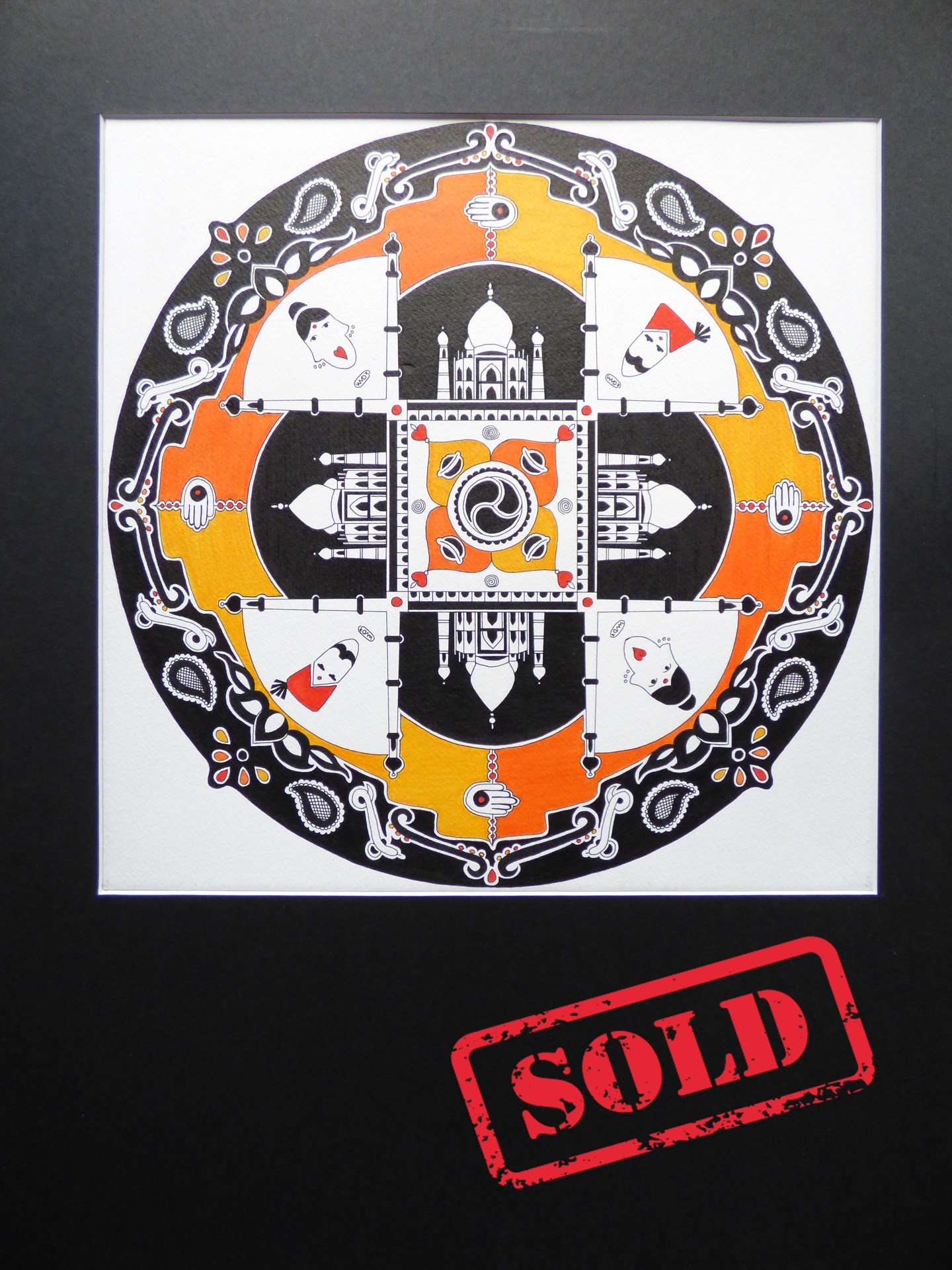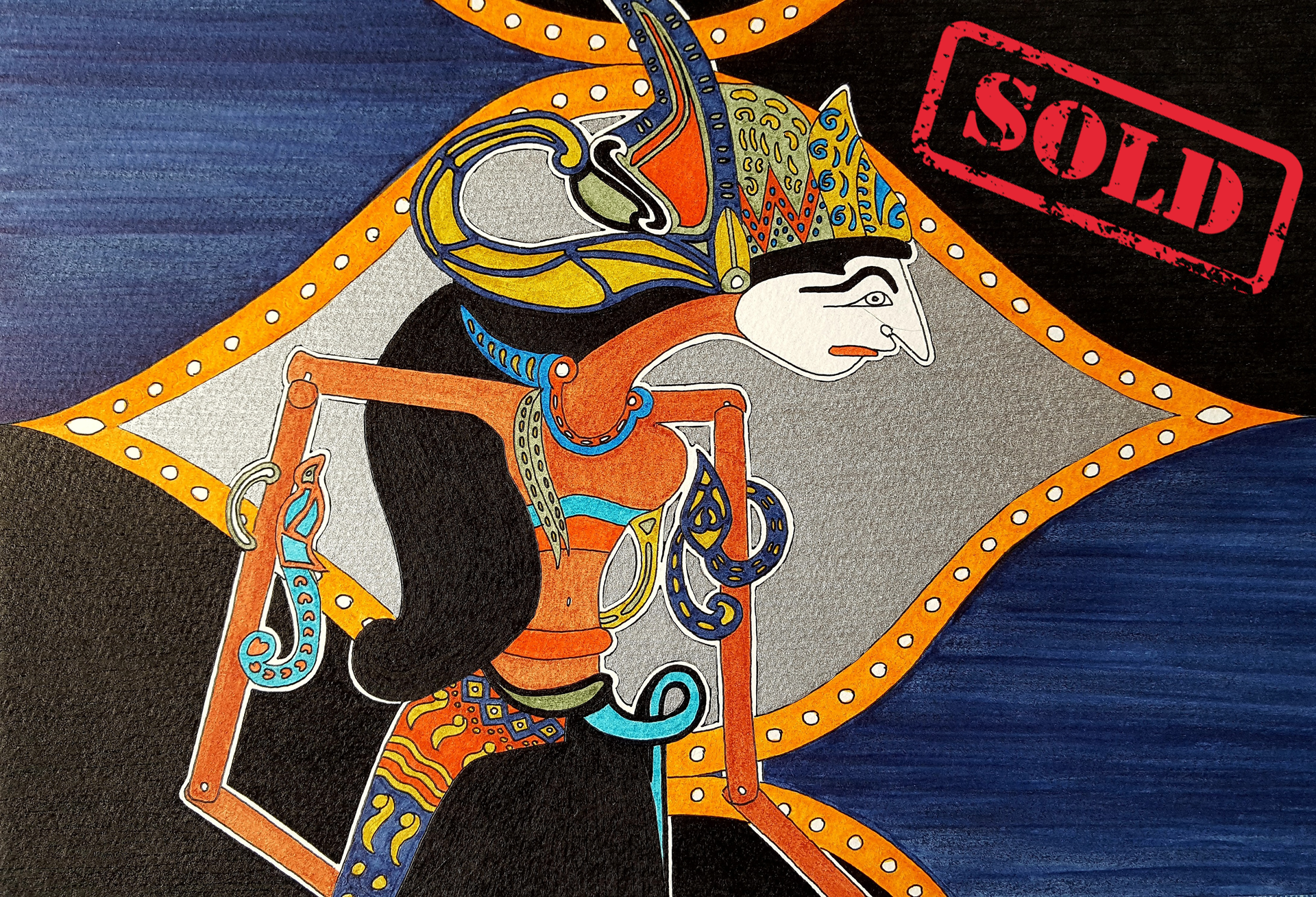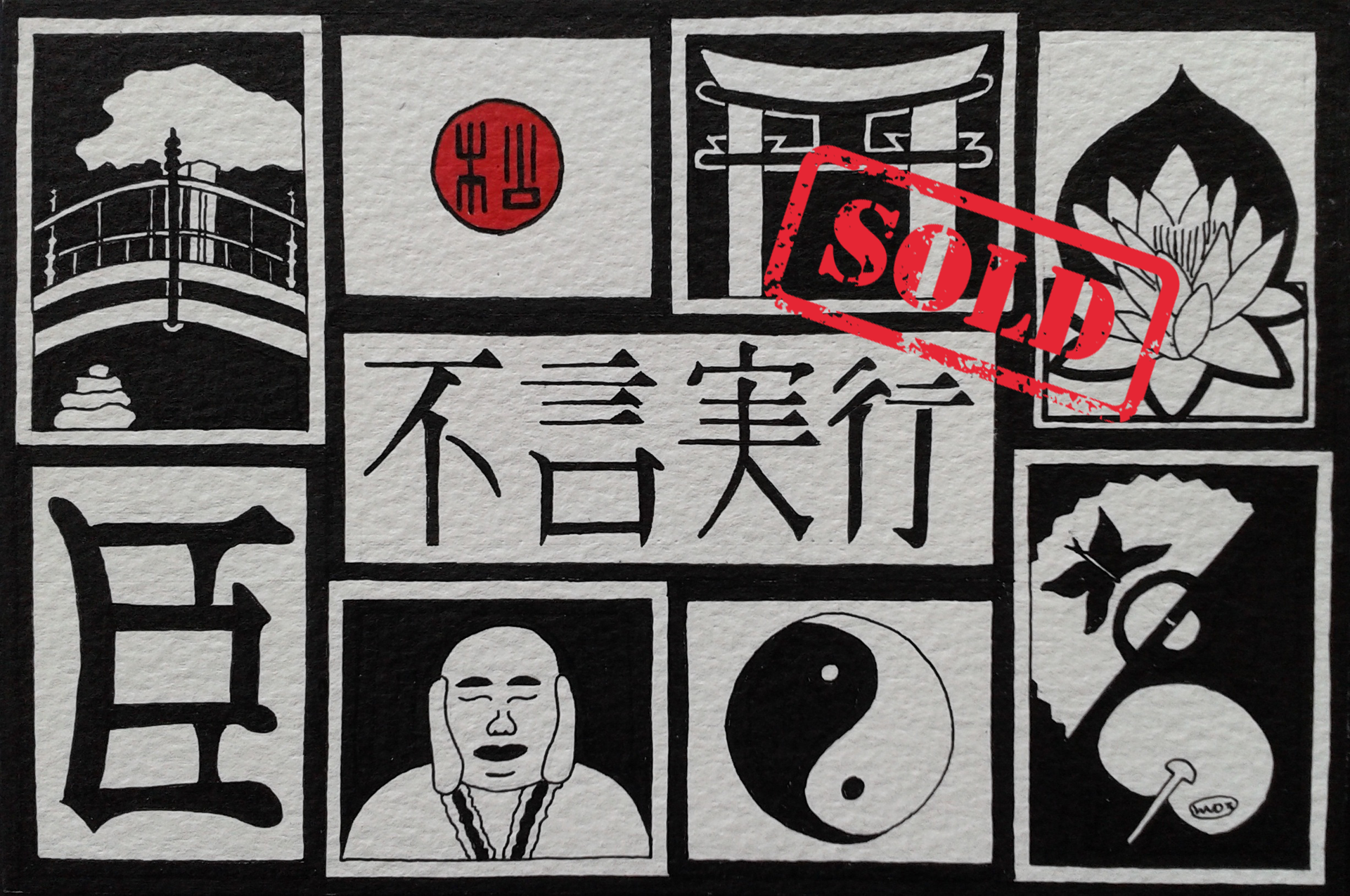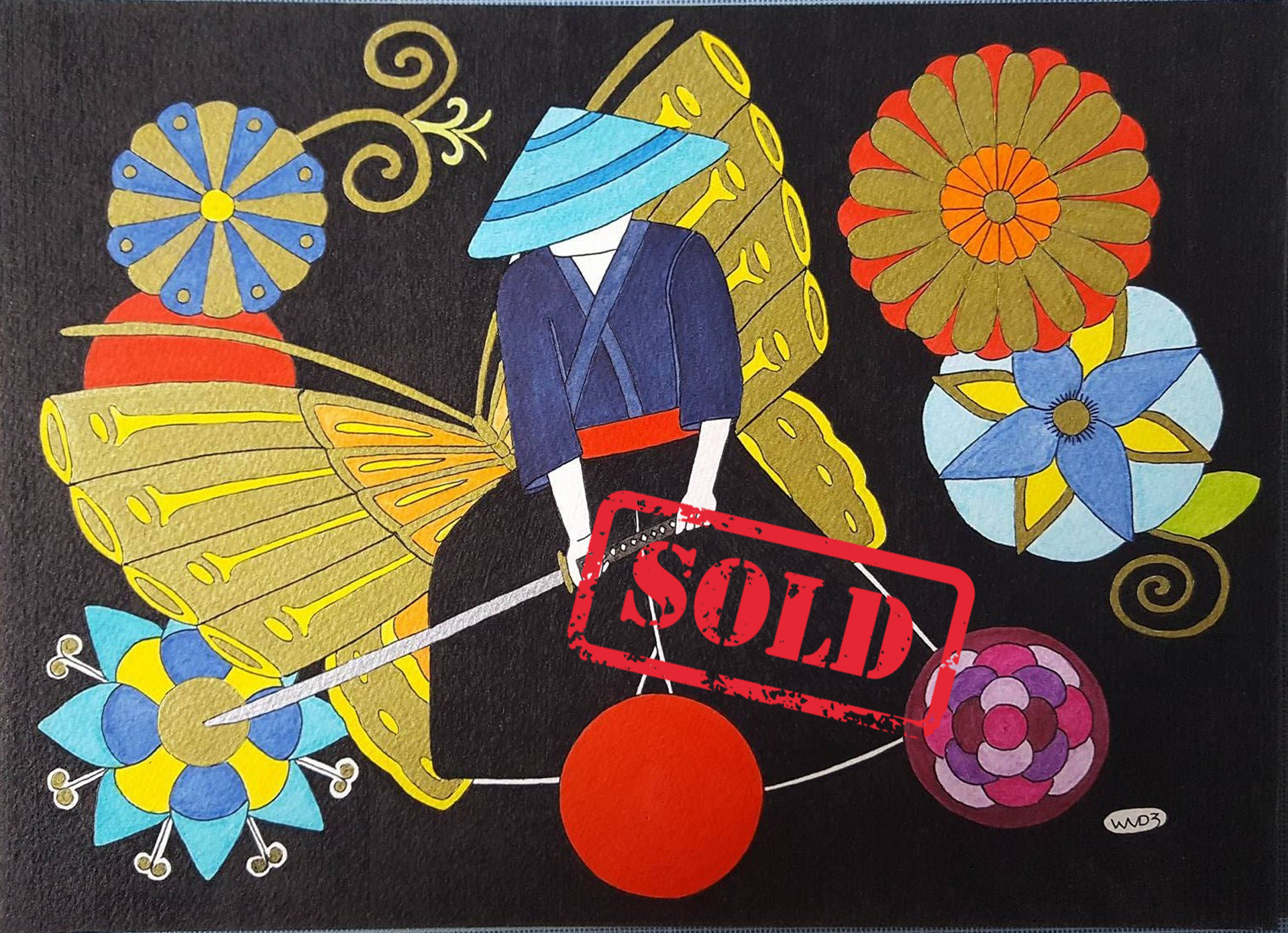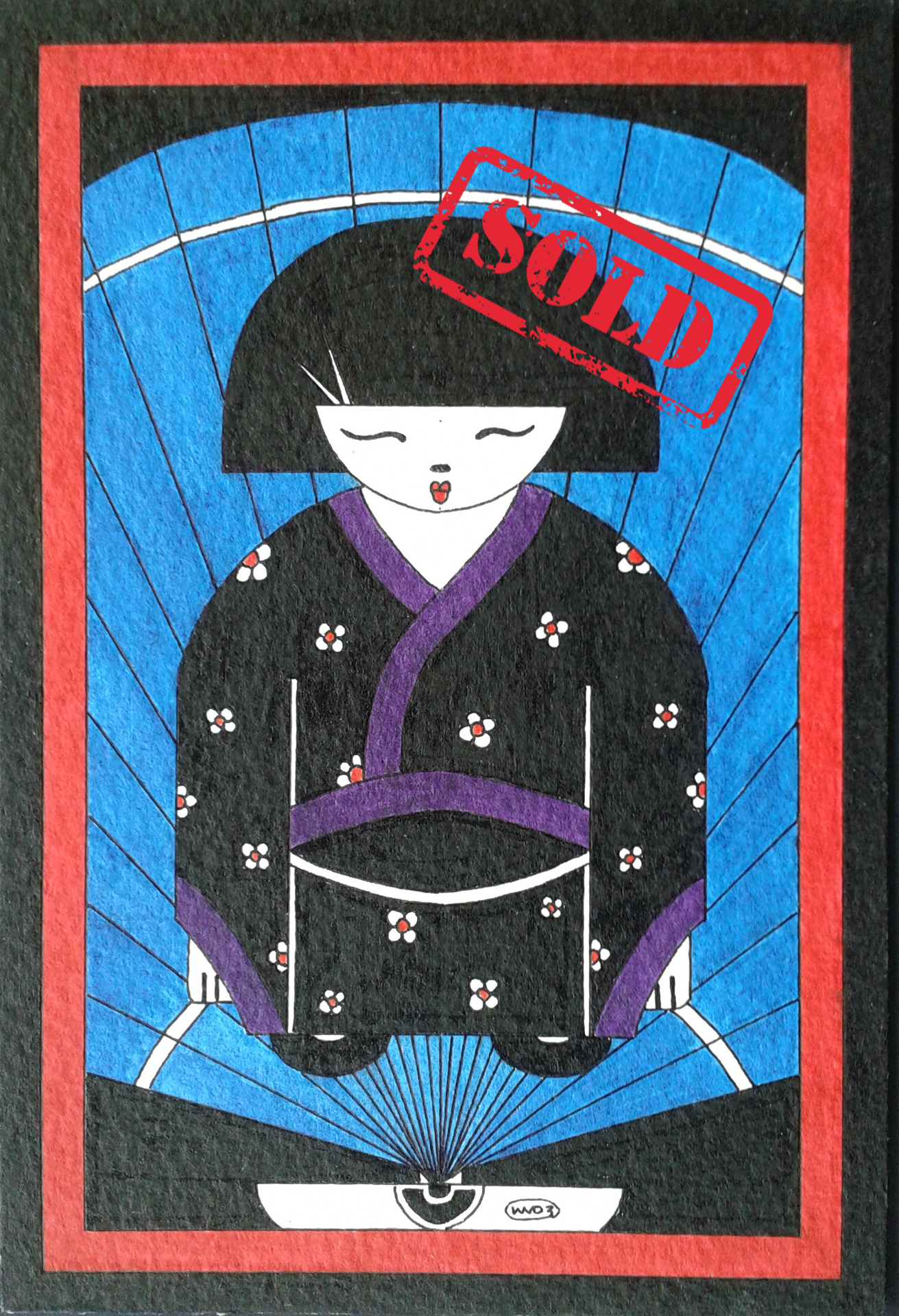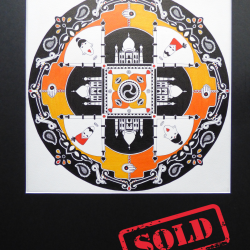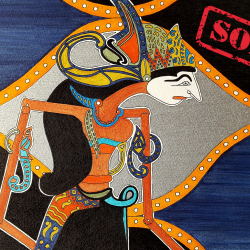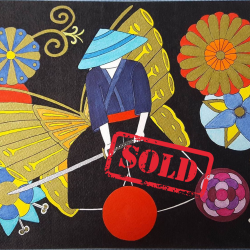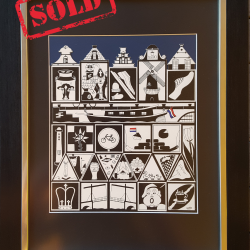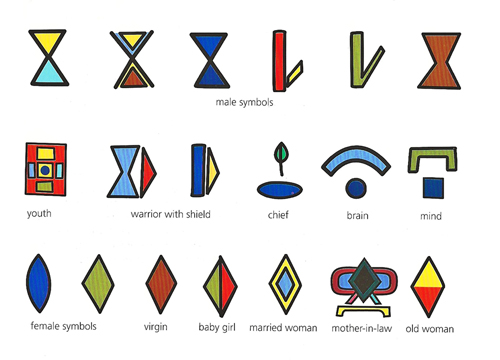Description
| Continent: | Africa |
| Countries: | Cameroon, The Congos, Chad, Nigeria, Sudan, South Africa |
| Peoples: | Kongos, Yakos, Pendes, Leles, Kubas (non-exhaustive list...) |
| Languages: | A whole of Bantu languages spoken in Cameroon, the Comoros, Sudan and in South Africa |
The common characeritic of the Bantu people is a linguistic one. Their social and political structures are different.
Their speakers would have expanded to the South and West of the African continent some 4.000 years ago, coming from the Highlands of Cameroon.
THE BANTU SOCIETY
The Bantu people from the savannah territiries use itinerant agriculture and tend to a matrilineal filiation. The Bantu societies are based on clan and family pillars. They have a total respect toward the elderly of the tribe which implicates total submission.
In parallel, brotherhoods authorize equal-to-equal relations within each tribe. They have brotherhoods for hunting, for laughing etc. These brotherhoods often are a loophole in a very heavy and non-individual clan universe.
Moreover, the social system of the Bantus is based on a religious concept which evokes that their ancestors have only partially died and that they continue to live amongst their descendants to protect them and to watch over the perpetuation of traditions.
The Bantu society has an oral tradition and therefore they have no written archives. The Bantu have developed a certain number of characteristics related to the environment they have crossed (forests, plains, savannahs, mountains...). These characteristics have made it possible to obtain a quantitative increase of the people and favored the use of a large number of natural resources.
THE ECONOMY
Their economic system is centered on self-consumption. It essentially rests on a culture of different cereals (sorghum and African rice). They practice manual slash-and-burn agriculture (they burn forests to cultivate). The Bantu people also practice chasing, fishing and picking.
BANTU ART
Bantu art (sculpture, music, dance...) is deeply related to religion. It is the expression of esotheric and trditional symbolic that expresses more the invisible than the visible. Bantu artwork is made to capture and to tame wild energies in order to make them favorable for the whole group.
Sources: Wikipedia / Site: www.lesbantous.fr/culture.php
